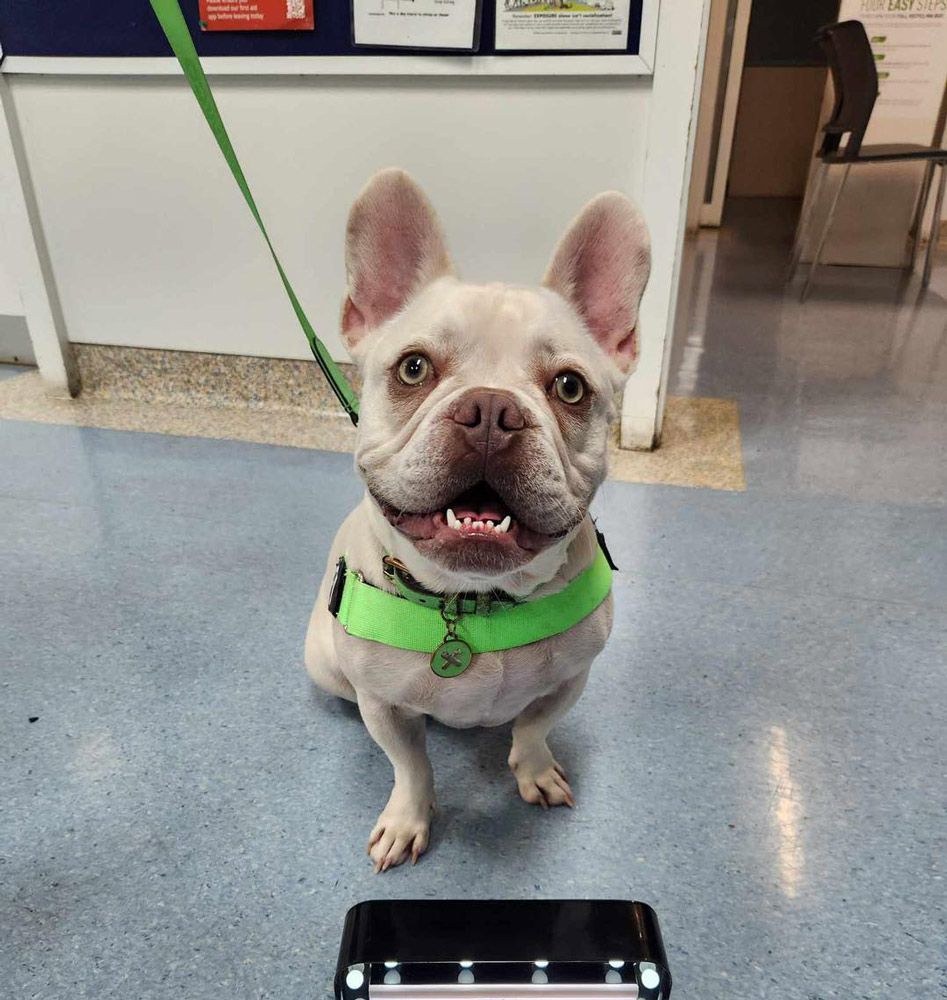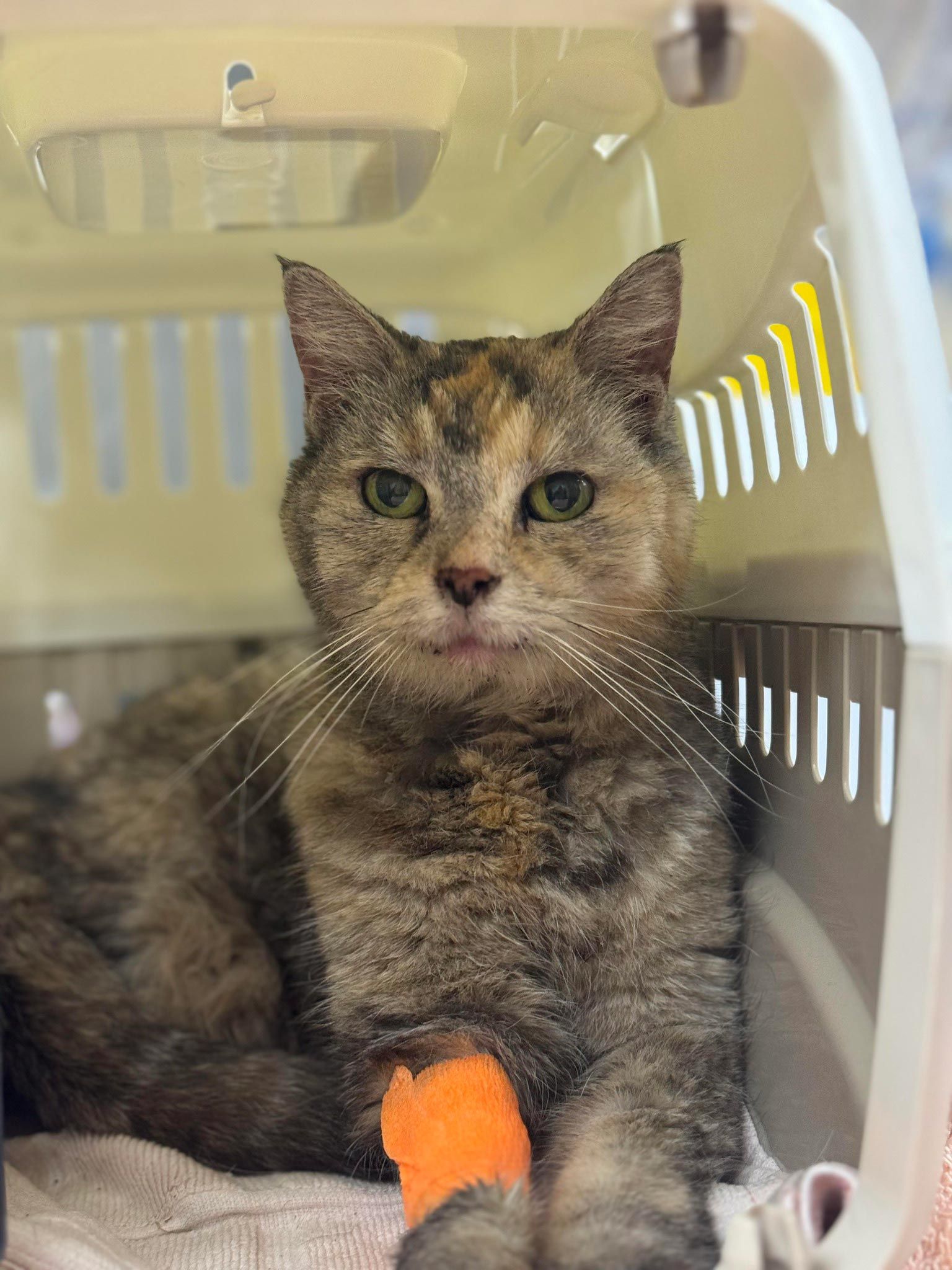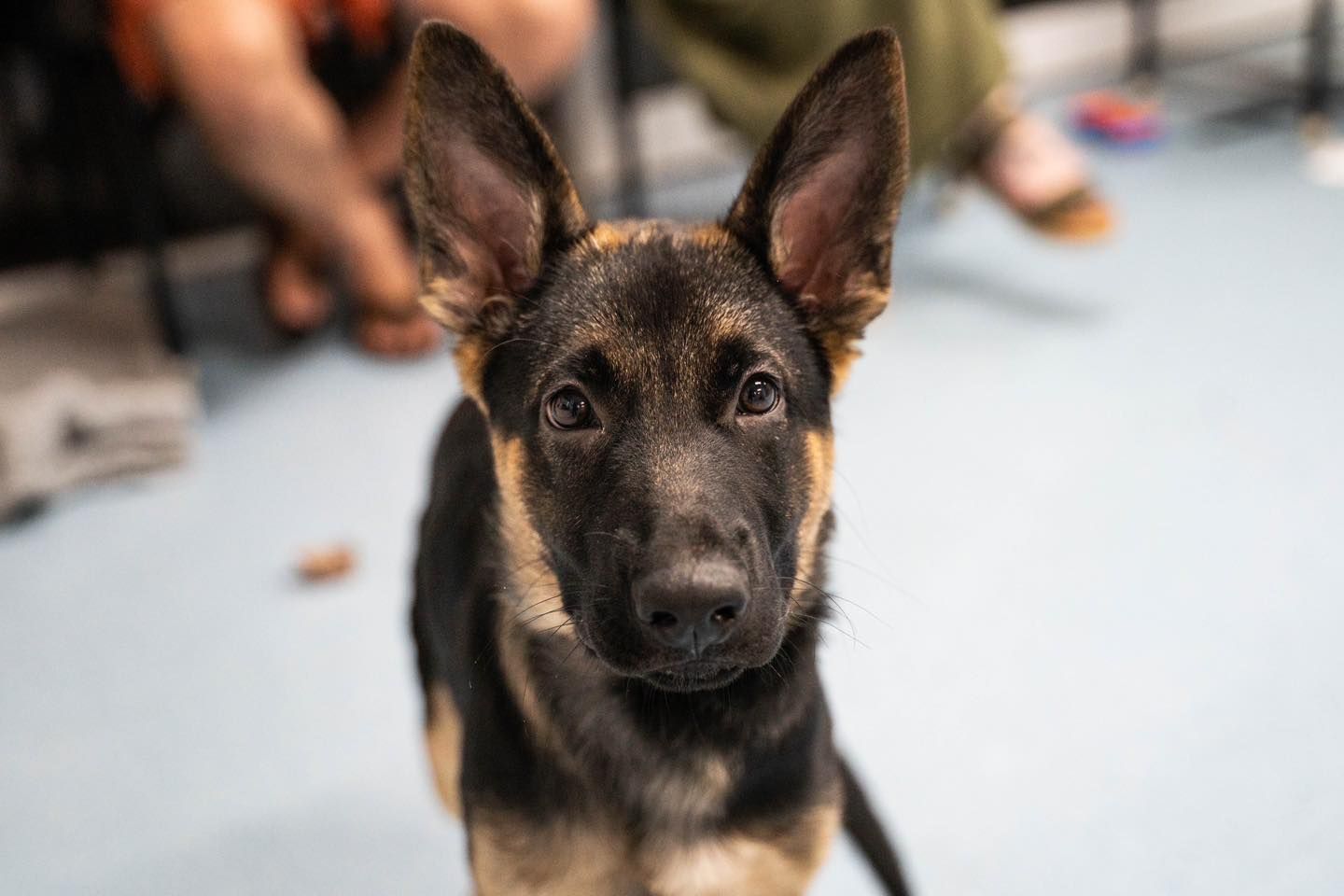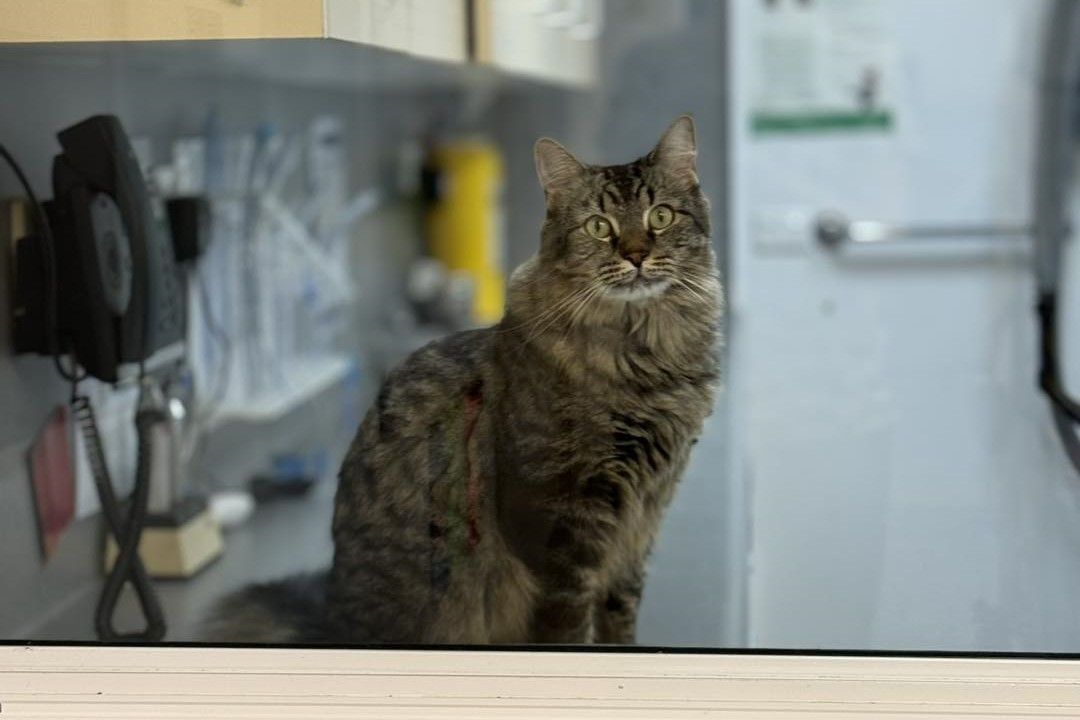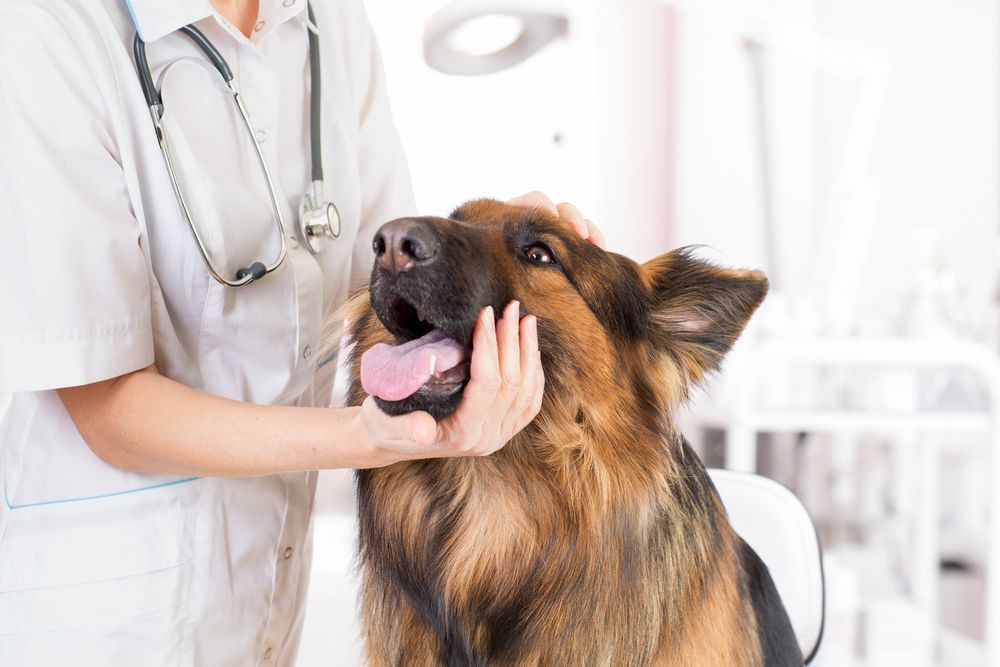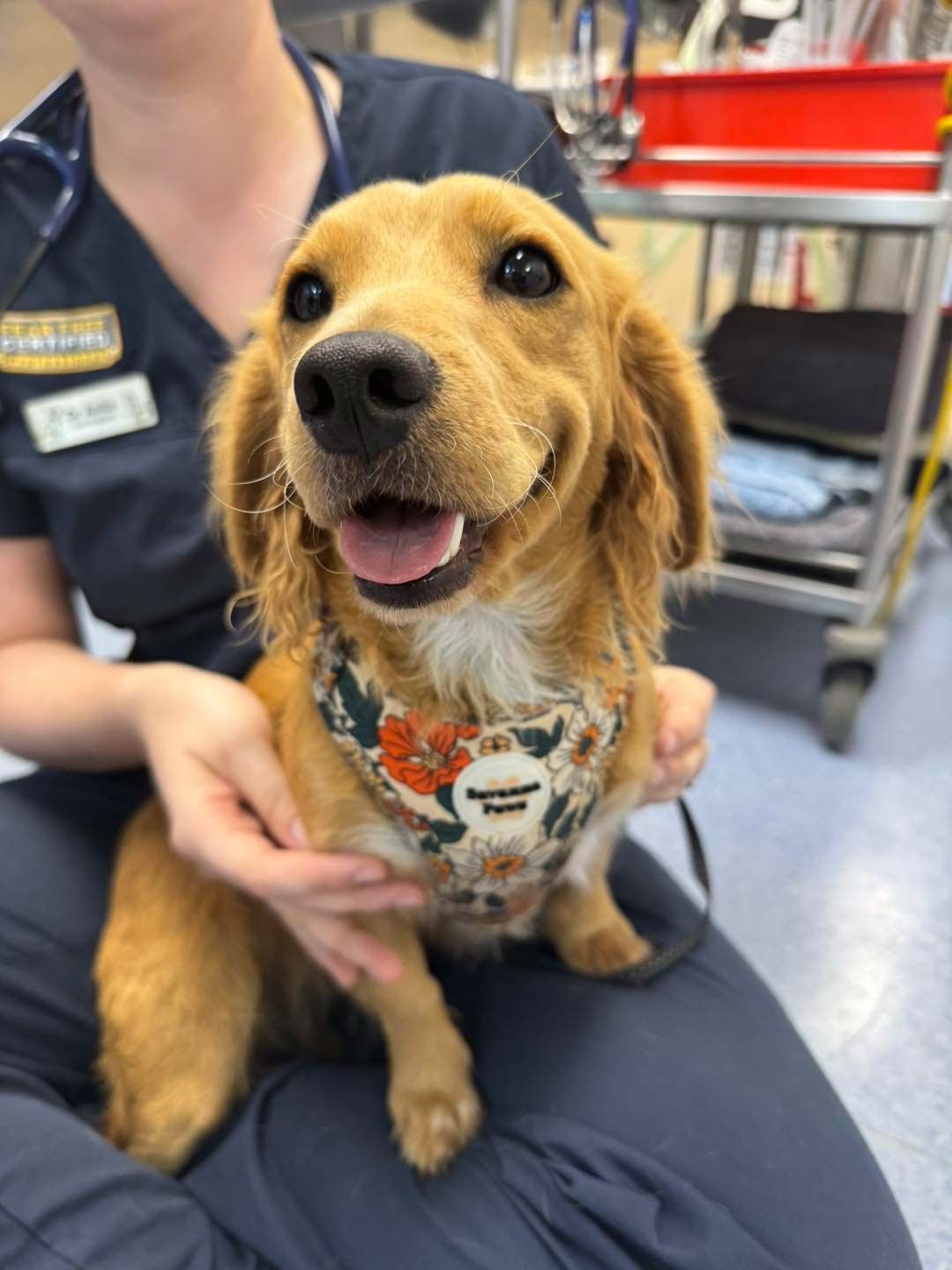When To Take Your Pet To An Emergency Vet
Our furry friends rely on us to interpret their behaviour and make the right decisions for their health. It's a responsibility that can feel overwhelming, especially when faced with a potential emergency. But how do you know when a situation calls for an urgent vet visit? This blog aims to clear up that confusion by offering you insights to recognise when it's time to rush to the vet.
Recognising The Signs: Is Your Pet In Need Of Emergency Care?
Sometimes, it's not clear if your pet's condition requires an emergency visit. Here are some signs to watch for:
Unusual Behaviour
Is your pet acting differently? Changes in behaviour can be a warning sign. This could include excessive lethargy, aggression or a sudden lack of interest in activities they usually enjoy. Uncharacteristic hiding or vocalising can also indicate something is wrong.
Physical Distress
Look for signs of pain, difficulty breathing or inability to move. Shaking, whimpering or reluctance to be touched in certain areas can also be signs of physical distress.
Visible Injuries
Any injury, no matter how small, can be serious. This includes cuts, lacerations or bite wounds that may not seem severe but could lead to infection or other complications. Also, look for signs of internal injuries, such as swelling or abnormal body posture.
What To Do In A Pet Emergency
In an emergency, knowing what to do is important for your pet’s health:
- Stay Calm: Remember, animals can pick up on your emotions, so staying calm may help prevent them from panicking.
- Assess the Situation: Quickly determine the severity. Look for any immediate dangers to your pet and assess their breathing, consciousness and any bleeding.
- Contact Your Vet: Call for advice or head to the clinic. A vet can guide you on whether your pet needs to be treated immediately.
- Provide Comfort: Keep your pet comfortable. Create a safe and quiet environment for them. If moving your pet, do so gently to avoid further injury.
Comparing Normal And Emergency Symptoms In Pets
It's important to differentiate between normal and emergency symptoms:
Normal Symptoms
These may include brief periods of restlessness, minor stomach upsets or temporary changes in appetite.
Emergency Symptoms
This includes intense or continuous pain, significant changes in eating or drinking habits or any sudden changes in mobility or consciousness.
The Critical Role Of Timely Veterinary Intervention In Pet Emergencies
Timely veterinary intervention in pet emergencies is critical. Quick action may help in accurately diagnosing and treating potentially serious conditions and reduce the risk of complications that can arise from delayed treatment.
Immediate veterinary attention provides your pet with the necessary care at a crucial moment. This prompt response is important to preserve the health and well-being of your pet, highlighting the role of emergency veterinary care in critical situations.
Emergency Vet Care In Townsville
Remember, in emergencies, every second counts. If you're ever in doubt, it's important to seek professional help. At Western Suburbs Veterinary Clinic, we're committed to providing compassionate, comprehensive emergency care around the clock. For any emergency veterinary needs for your pet, reach out to us.


